
Bundle
For College and University Board Members (Public) Bundle
This bundle, designed specifically for trustees and regents at public institutions, contains five resources that cover a variety of key topics for trustees, including the bestselling Principles of Trusteeship. Perfect for orientations or for the board member that wants a …
View Bundle

Bundle
Presidential Search Bundle
The success of higher education institutions depends on presidential leadership, and one of the governing boards’ most important duties is hiring dynamic presidents. The Presidential Search Bundle includes four resources to guide your board in the process of selecting a …
View Bundle

Bundle
For Foundation Board Members Bundle
This bundle, designed specifically for foundation board members, contains four resources that cover key topics. Perfect for orientations or for the board member that wants a refresher on issues in foundations today.
Institutionally Related Foundation Boards: An Introductory Guide for Board Members
The …
View Bundle

Bundle
For College and University Board Members (Independent) Bundle
This bundle, designed specifically for board members at independent institutions, contains six resources that cover a variety of key topics for trustees, including the bestselling Principles of Trusteeship.
Higher Education Governing Boards: An Introductory Guide for Members of College, University, and …
View Bundle
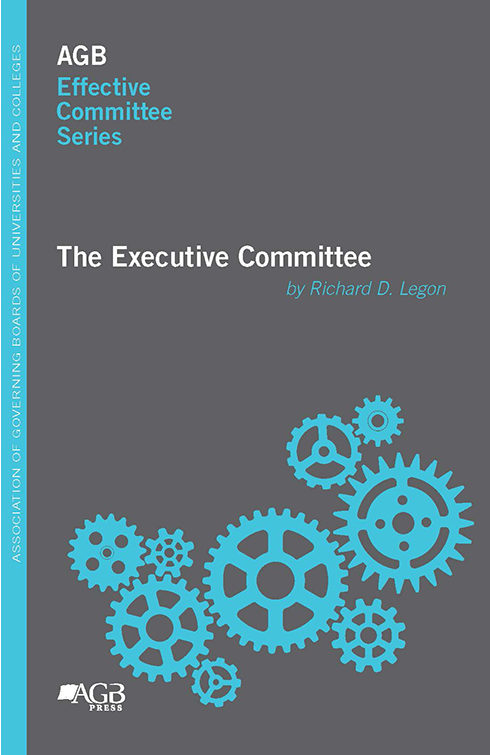
Book
The Executive Committee
Within a board’s governance structure, the executive committee can be uniquely influential. As the only committee vested with the possibility of almost complete fiduciary authority, the executive committee has the potential to affect the overall performance of the board—adding value …
View Book
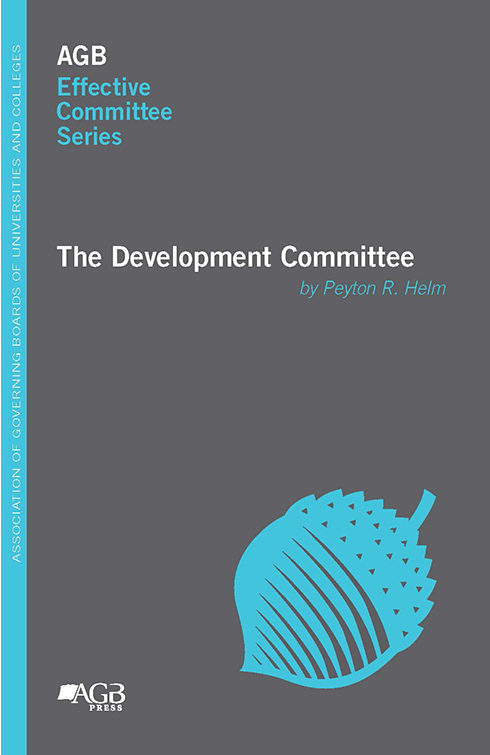
Book
The Development Committee
Fundraising has become an essential component of institutions' financial viability, particularly as government support shrinks. Institutional reputations and relations with constituents can be badly damaged by ineffective, clumsily implemented, or unethical fundraising practices. Because such missteps can have a profound …
View Book
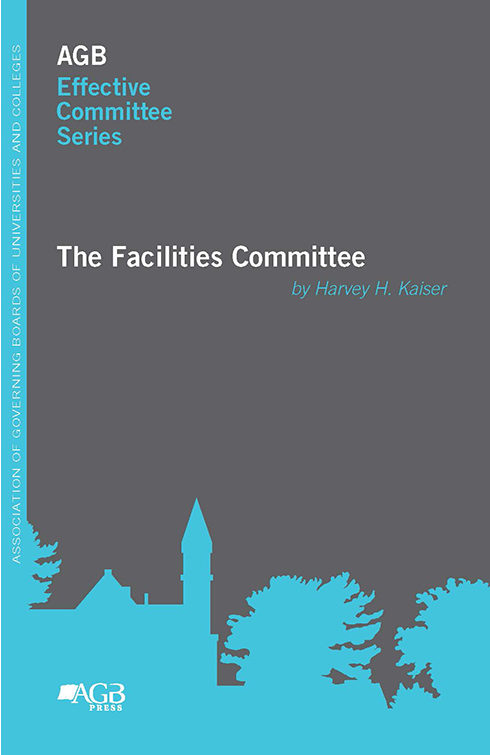
Book
The Facilities Committee
Facilities committees help shape the physical character of their institutions by ensuring that their campuses are functional, attractive, and well-maintained. Committee members tackle the challenging work of helping to update the campus master plan and developing harmonious relationships between buildings, …
View Book
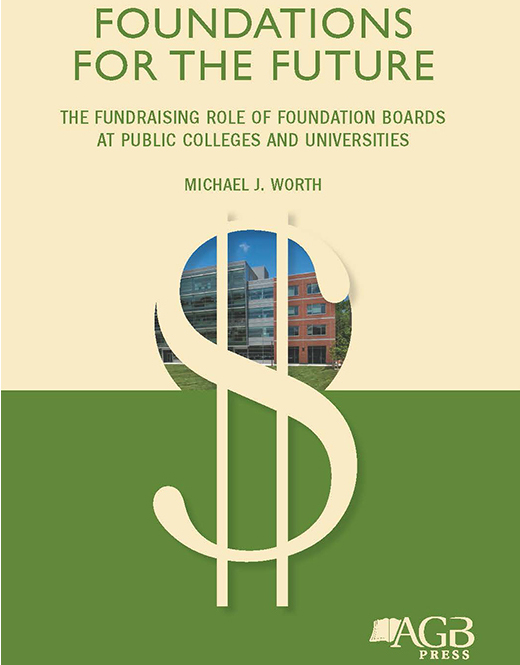
Book
Foundations for the Future: The Fundraising Role of Foundation Boards at Public Colleges and Universities
In the face of rising costs and a prolonged economic downturn, public colleges and universities are being challenged to increase their sources of private support and philanthropy. Drawing on the findings of an AGB survey of public college- and university-affiliated …
View Book
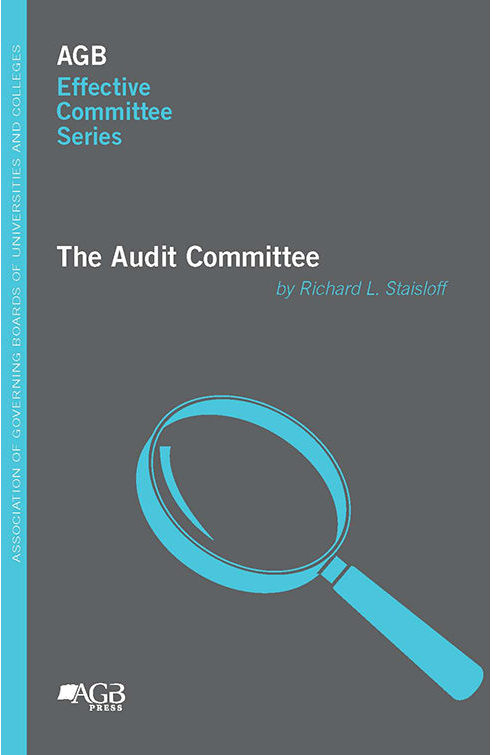
Book
The Audit Committee
The audit committee serves as the guardian of an institution's most valuable asset: its reputation. As colleges and universities have become subject to intense scrutiny, the result is a new institutional focus on accountability, transparency, and enterprise risk management, as …
View Book
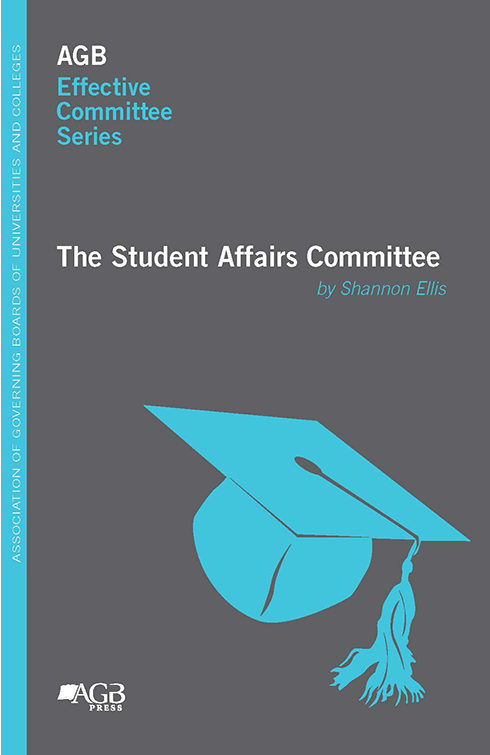
Book
The Student Affairs Committee
College and university boards are charged with governance responsibility to ensure that students receive a high-quality education from a well-managed institution that fulfills its mission and actively pursues its vision. The student affairs committee places current and future students squarely …
View Book




